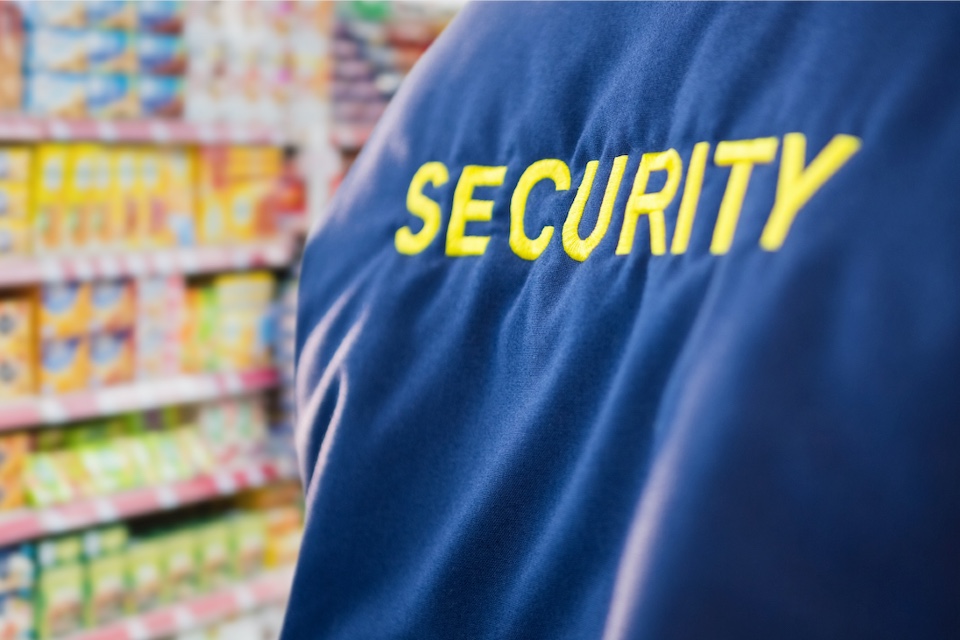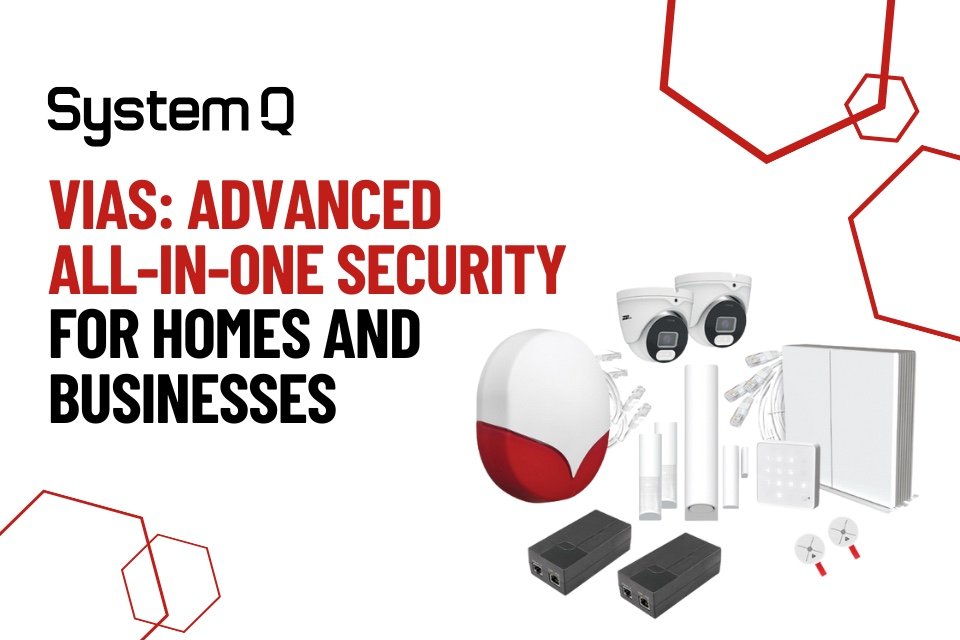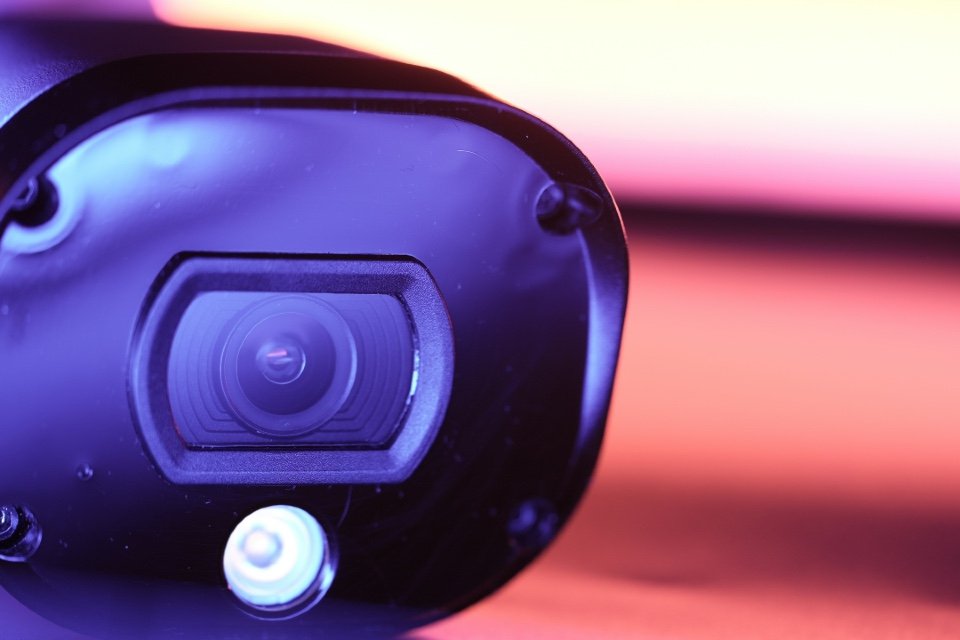Police recorded crime in England and Wales in the year ending December 2022 exceeded pre-coronavirus pandemic levels. The number of professional security guards in the UK is on the decline, and it is widely known that the sector is having a challenging time recruiting for a shortage of staff. Additionally, people employed within the professional security sector are faced with numerous barriers to entry into the profession – and in some cases have to carry out their own training and apply for their own licenses to work in this space.
Added to this is the fact that many receive physical and verbal abuse on a daily basis. While one might be inclined to think that this is to be expected and acceptable for this kind of job, it raises questions of employers around what they can do to make these kinds of jobs safer and more appealing to current and potential employees. While offering training goes a long way to providing people with the skills they need to carry out their jobs – it doesn’t’ stop there.
Firms must consider their approach to communication and surveillance. While this might seem like a given, and obvious to many, a key question is whether the technology that teams are using is really fit for today’s purpose? Have firms provided teams with the right tools to do their jobs and feel safe as they carry out their duties? Chris Potts, ANT Telecom explains…
The state of play across the industry
In August 2012 there were 88,915 active security guard licences on the market, says research from Gov.uk and the Security Industry Authority. Since then, in recent years, it steadily declined to between approximately 62,000 – 71,000. As expected, over the pandemic, 2020 and 2021, this figure was at its lowest – 61,630 and 62,901, respectively, with 2022 sitting at 64,226 licences. While this figure points out the decline in licenses, which staff generally have to attain themselves, it illustrates the decline in the number of people actively working in the industry. Despite this decrease, the British Security Industry Association (BSIA) says the UK’s private security industry must recruit, train and licence over 62,000 officers over the next 12 months – to keep up with the growing demand for its services, and to keep the public safe.
The retail sector is feeling the pressure too. Figures from the British Retail Consortium’s (BRC) crime survey reveal that incidents rose from a pre-Covid high of over 450 per day in 2019/20 to over 850 per day in 2021/22. These include physical assault, threats with weapons, racial and sexual abuse. Further, the total cost of retail crime stood at £1.76 billion during 2021/22, with £953 lost to customer theft; and over 8 million incidents occurred during that year. Alongside this, the BRC points out that retailers spent approximately £715 million on crime prevention in 2021/22. Naturally, for retailers and supermarkets this is a major issue. Crime erodes profit and it distresses staff who are on the wrong end of customer abuse and crime.
Anti-social behaviour and violence at football stadiums is rising too. Figures from Gov.uk explain that in the 2021 and 2022 football season, there were 2,198 football-related arrests. However, arrests in the 2022/23 season were approximately 59% higher than those during the 2018/19 football season (pre-Covid); and comparable with levels seen in 2011/12, 2012/13 and 2014/15 seasons. Common offences included public and violent disorder. Typically, any violence and criminal behaviour witnessed and experienced at events, especially football matches, puts a majority of people off attending – especially parents who want to bring children to a match. These types issues need to be contained, and those responsible banned, as no one wants to see a return of the hooliganism witnessed in the 70s.
A joined up approach to solving the problem
Security teams can use many approaches to prevent and manage incidents. Deterrence, catching people in the act, and evidence collection are key. But without the right collaborative approach and communication technologies, teams will not be as effective as they could be.
In retail, this might translate to increasing the security guard presence in stores to help put off criminal behaviour. It could involve enabling cashiers and floor staff to communicate with security guards when they spot disruptive or criminal behavior – or, equipping some staff with body-worn cameras, as this allows for evidence collection to take place if/when CCTV footage doesn’t reach a particular area of a store or fails. Similarly, at sporting events, CCTV, body worn cameras and communication technologies can enable security teams to collaborate effectively to spot wrong doing in crowds and co-ordinate an appropriate response.
Communication technology’s role
At the heart of all of these joined-up approaches lies a strong need for technology to enable effective communication. Gone are the days when security guards are armed just with a torch, hard boots and walkie-talkie radio. To protect stores, employees need the correct tools to communicate. This will enable them to work together effectively to not only prevent incidents scaling, but to catch perpetrators in the act, in a collaborative effort.
However, what is the best technology? Smartphones prove impractical in emergency situations as the time taken to make calls and wait for colleagues to respond is too long.
Alternatively, PoC (Push-to-Talk over Cellular) offers a more reliable solution. Retail staff can instantly communicate on an open channel and effortlessly report any misconduct or known offenders who have entered the store, thereby supporting the security teams.
Similar to smartphones, PoC operates on 3G, 4G, 5G, and WiFi, eliminating the need for significant investments in central infrastructure and allowing for quick deployment. In addition to emergency incidents, shop assistants can readily report other issues that require attention, such as spills in aisles, flooding in toilets, or improperly stacked shelves to help improve customer experience.
Moreover, there are a wide range of devices available, some of which come equipped with dual functionality, combining features like Push to Talk and Body Worn Cameras in a single device. This eliminates the necessity for security teams to carry multiple devices, resulting in significant cost and energy savings. With only one device to charge, maintain, and dispose of at the end of its lifespan, the overall efficiency and convenience is greatly enhanced.
Conclusion
Today, the sector grappling with a shortage of staff. Yet, crime and antisocial behaviour is on the rise. In many cases teams are also not always making use of modern technology and approaches towards managing security operations and reducing anti-social behaviour.
The use of CCTV, coupled with modern communication technology, and a more effective joined up approach to security provides the industry, retailers and events organisers an answer to managing this problem for both their employees and the public at large.





